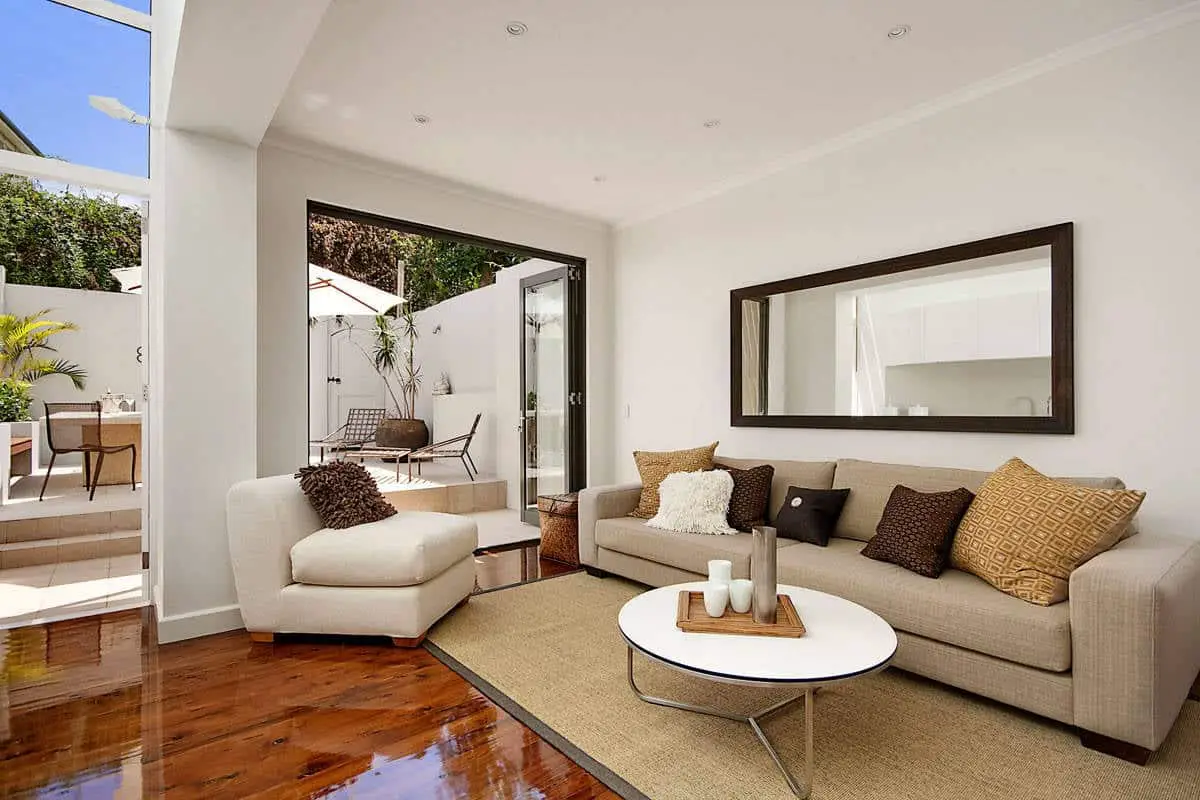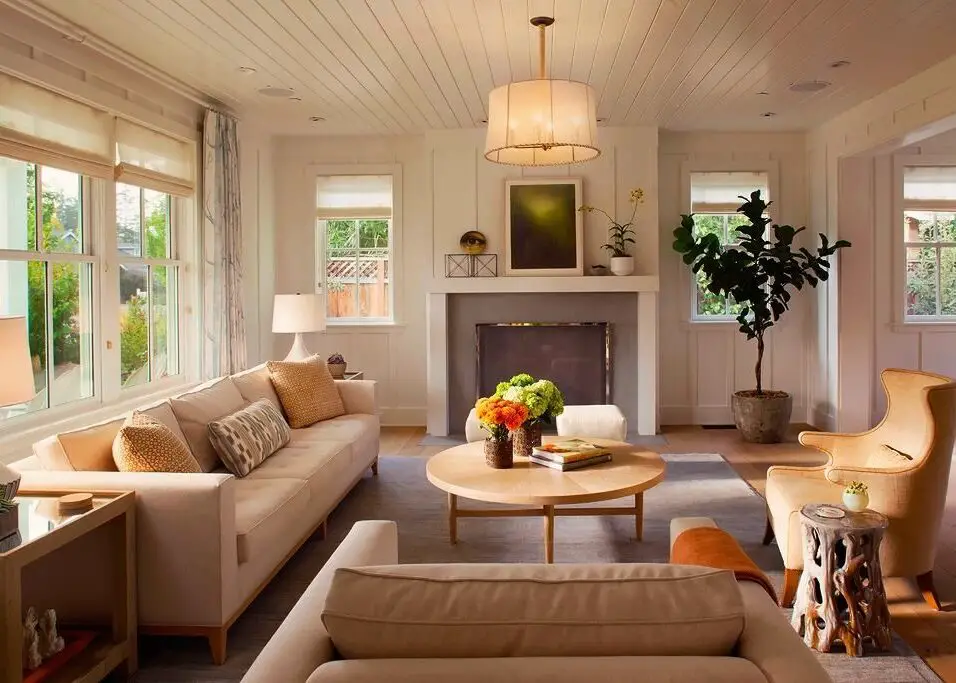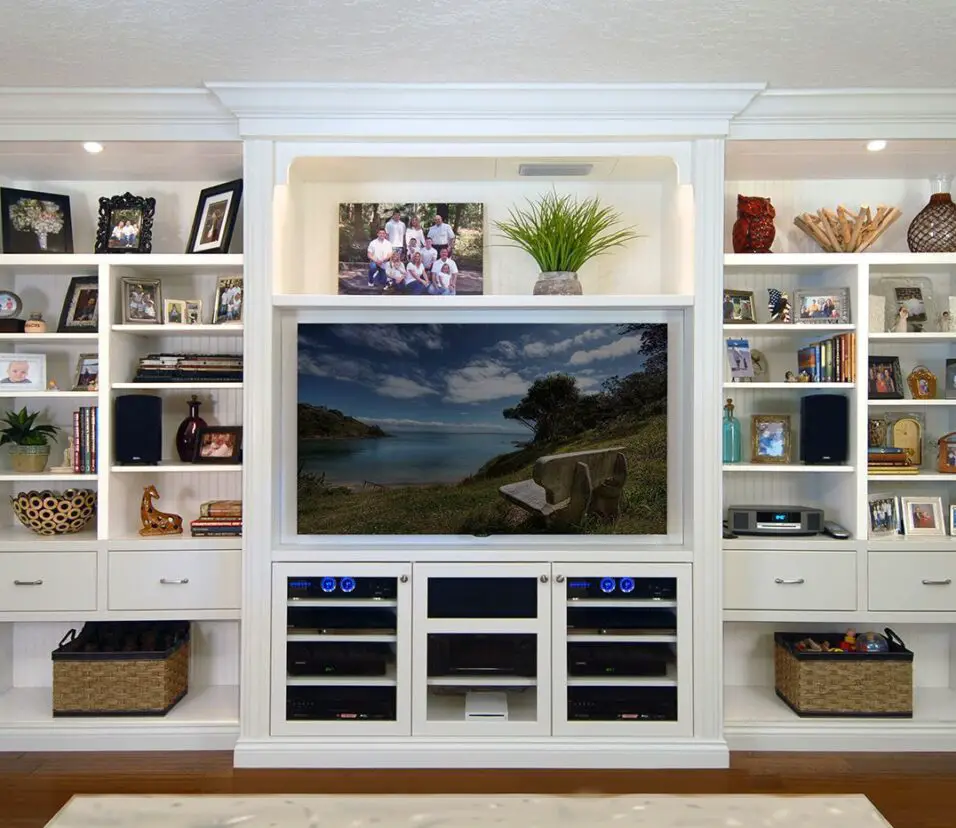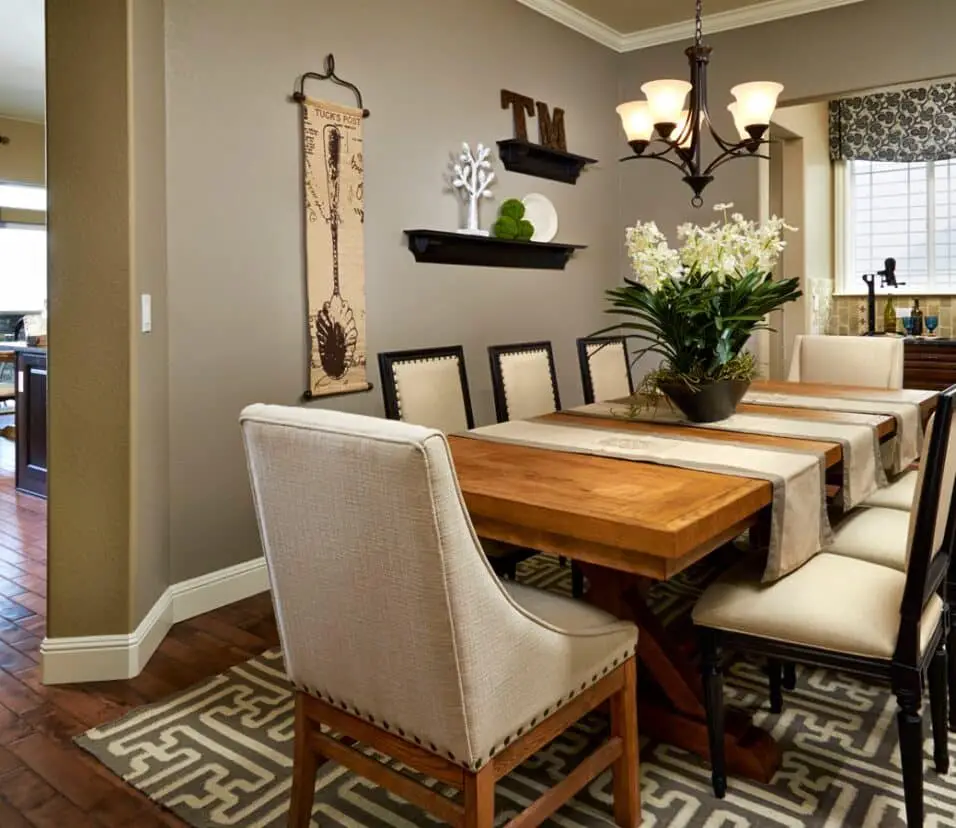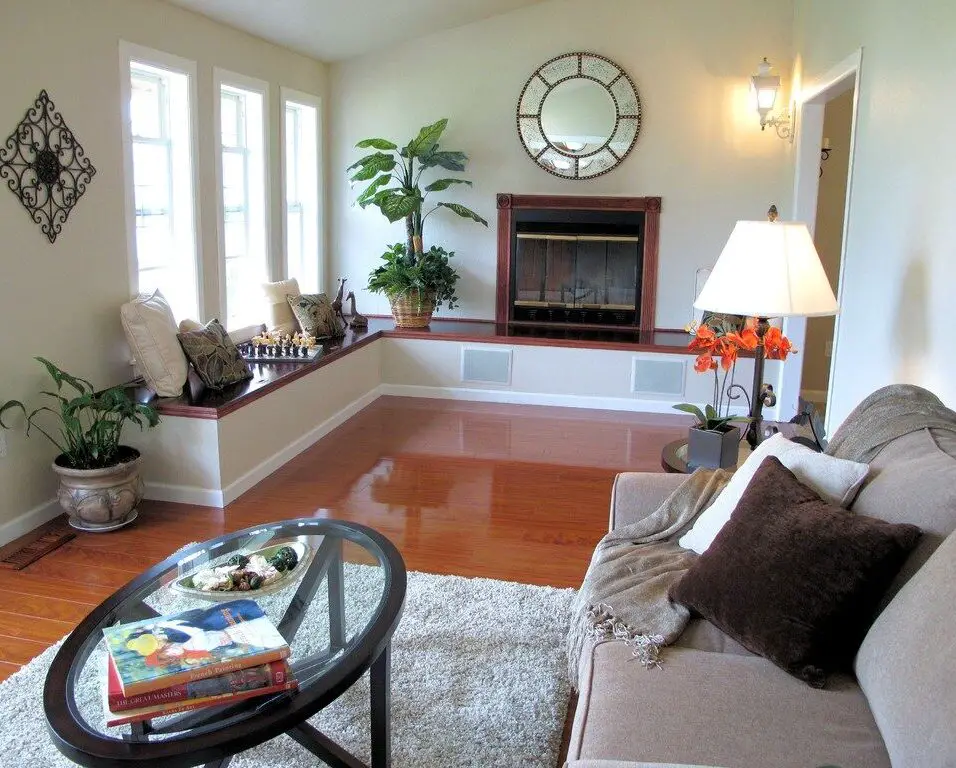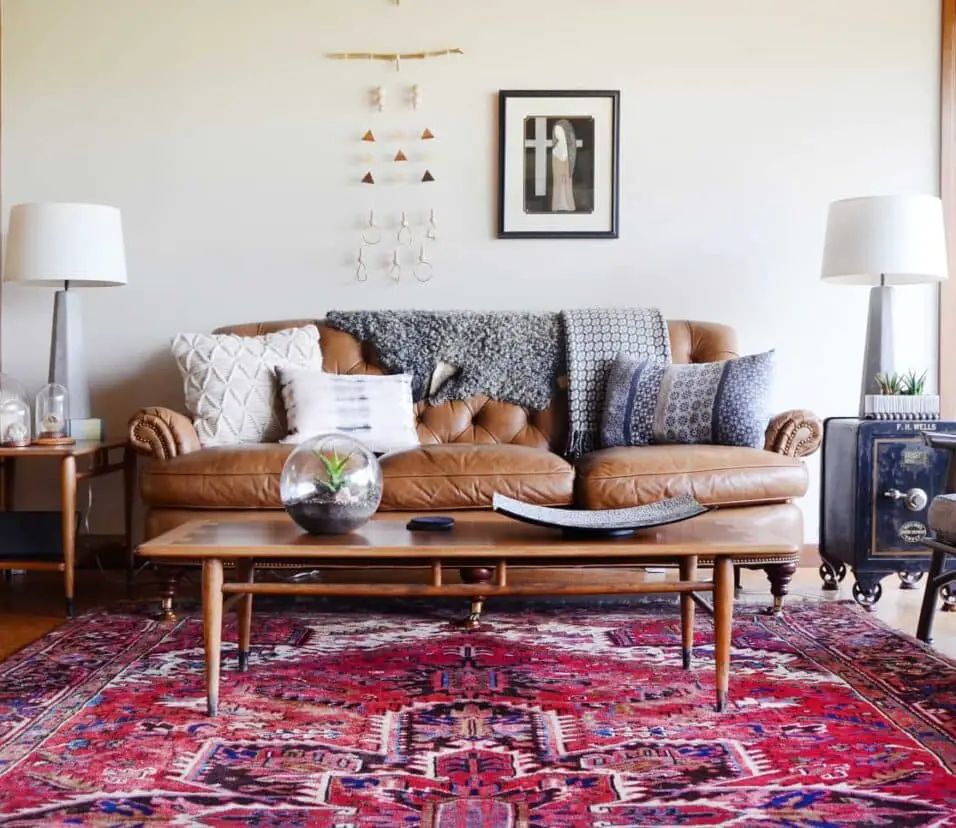How To Arrange Living Room Furniture In Open Concept
Introduction
How To Arrange Living Room Furniture In Open Concept: In this open and boundless setting, you have the opportunity to craft distinct zones within the same space, allowing for smooth transitions between various activities while maintaining a sense of cohesion. Whether it’s accommodating lounging, entertaining guests, hosting family gatherings, or creating a cozy reading nook, thoughtful furniture placement is the key to unlock the full potential of your open concept living room.
From considering traffic flow and creating focal points to finding the right balance between open and defined spaces, we will delve into the fundamental concepts that will help you strike the perfect balance between function, style, and comfort. So, let’s embark on this exciting journey together and transform your open concept living room into an oasis of harmonious design and inviting warmth.
The first step in arranging furniture in an open concept living room is to define the baseboard heaters various zones or areas based on their intended purposes. Consider the natural flow of foot traffic and designate areas for activities such as lounging, dining, working, and entertainment. You can use area rugs, furniture groupings, or even changes in flooring material to delineate these distinct spaces, providing a sense of organization while preserving the open feel.
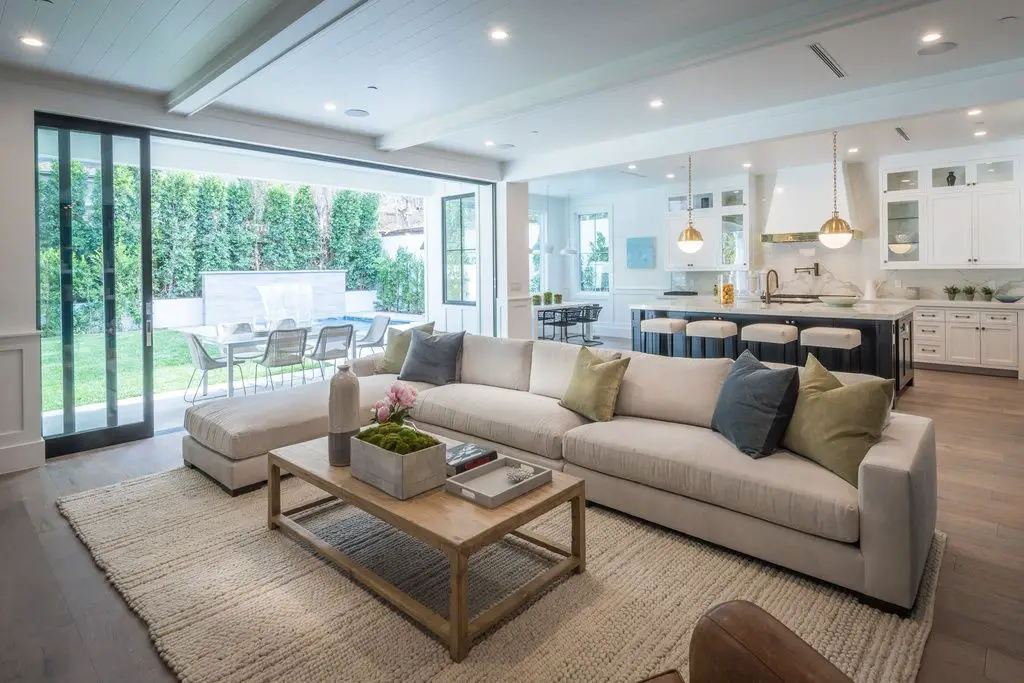
How do you arrange an open-concept?
How To Arrange An Open Floor Plan
- Define the Room Areas in the Open Floor Plan. First, you shouldn’t necessarily consider your open floor plan space as one huge room.
- Create Harmony in the Overall Space.
- Give Each Room Area a Focal Point.
- Don’t Forget Open Floor Plan Storage.
Furniture Placement
The first step in arranging an open-concept living space is to define distinct zones based on their intended purposes. Consider the natural flow of foot traffic and the various activities you plan to accommodate in the area. Common zones may include a living room, dining area, kitchen, and even a workspace. Use furniture groupings, area rugs, or changes in flooring materials to delineate these different zones while maintaining an overall sense of cohesion.
Cohesive Color Scheme
Establishing a central focal point is essential to anchor the open-concept space and provide a sense of balance. A focal point can be a stunning fireplace, a large piece of artwork, a stylish media center, or an eye-catching furniture arrangement. This central focus will draw the eye and create a natural flow throughout the space, making it more inviting and harmonious.
Utilize Vertical Space
When arranging furniture in an open-concept layout, it’s crucial to consider scale and proportion. Oversized furniture can overwhelm the space, while undersized pieces may appear lost in the vastness. Strive for balance by selecting furniture that complements the overall dimensions of the room. Arrange furniture in groupings to create intimate conversation areas, leaving enough space for easy movement and accessibility.
Consider Sightlines
In an open-concept living space, versatility is key. Opt for furniture that can serve multiple functions, such as a sectional sofa that accommodates both lounging and entertaining or a dining table with extendable leaves for hosting gatherings. Multi-functional furniture ensures that your space adapts to various needs and allows. You to make the most of the available area.
How do you set up an open space living room?
‘Use statement lighting to create different zones, that each have a purpose. Open furniture, such as cabinets, bookcases, or shelving can be used to create different zones, without making the space feel closed in. Alternatively, a folding screen can provide privacy, something that is often lacking in open plan living.
Incorporating Greenery
Before diving into furniture selection and placement, take the time to plan the layout of your open space living room. Consider the dimensions and architectural features of the area, such as windows, doorways, and any focal points. Determine the traffic flow and natural paths within the space. Ensuring that movement is unobstructed and comfortable.
Personal Touches
In an open space living room, it’s essential to define distinct zones for different activities while maintaining a sense of unity. Common zones may include a lounging area, a dining area, a reading nook, or a home office. Use area rugs, furniture groupings. Even subtle changes in flooring to visually separate these zones and provide a sense of structure to the space.
Storage Solutions
When choosing furniture for your open space living room, opt for pieces that strike a balance between functionality and style. Consider the scale and proportion of each item to ensure it complements the room’s dimensions. Select multi-functional furniture that can adapt to different needs. Such as storage ottomans or sofas with pull-out beds. Aim for a cohesive design by sticking to a consistent color palette and matching furniture styles.
Lighting Design
Create captivating focal points within your open space living room to anchor the design and draw attention. Focal points could be a striking piece of artwork, a large mirror, an elegant fireplace, or a statement piece of furniture. Placing the focal point strategically will guide the eye and add depth to the space.
How do I arrange my furniture when the door opens into my living room?
Create the feeling of an entry hall even when your door opens straight into the living room. Here are 12 tricks to try
- Create an Entry Hall With Furniture Placement.
- Add a Sofa Table.
- Add Seating.
- Build a Half Wall.
- Turn Your Hall Closet Into an Alcove.
- Take Advantage of the Swing of Your Door.
- Add an Entry Hutch.
Begin by evaluating the dimensions and shape of your living room. Take note of any architectural features, such as windows, fireplace, or built-in elements, as they can influence furniture placement. Understanding the available space will help you make informed decisions during the arrangement process.
Identify a natural focal point within the living room, such as a fireplace, a large window with a beautiful view, or a striking piece of artwork. Orient your furniture around this focal point to guide the eye and establish a sense of balance in the room.
With the door opening into the living room, it’s crucial to consider. The traffic flow and ensure there’s enough space for the door to swing open without obstructing furniture or pathways. Leave adequate clearance around the entry point to allow for easy access.
If your living room is large enough, consider dividing it into distinct zones for different activities, such as lounging, dining, or reading. Use area rugs, furniture groupings, or subtle changes in flooring materials to visually separate these zones while maintaining an overall sense of unity.
Select furniture pieces that complement the size of your living room and align with your lifestyle needs. Opt for pieces with rounded corners. Slim profiles near the entry point to prevent any potential collisions with the door. Avoid placing large furniture directly in the pathway of the door to maintain a smooth flow.
What is an open plan living room?
Open plan living is a home design concept that features larger, combined common spaces by taking out partition walls. Usually, an open plan design will feature a combined kitchen/dining room, dining/living room or even a combined kitchen/dining/living room configuration.
The primary characteristic of an open plan living room is the absence of physical barriers such as walls or partitions. Instead, it offers a seamless flow between various zones, allowing people to move freely and effortlessly between the different areas.
Open plan living rooms offer flexibility in furniture arrangement and usage of space. The absence of fixed walls allows for easy adaptation of the room layout to suit various needs. Whether it’s hosting a large gathering or creating a cozy reading nook.
The open plan design promotes social interaction and connectivity. Family members and guests can engage in different activities. Within the same space while remaining visually connected, fostering a sense of togetherness.
With the integration of different functional areas, an open plan living room can serve multiple purposes. For example, the dining area can flow seamlessly into the living area, allowing for effortless entertaining and conversation.
An open plan living room is ideal for hosting gatherings and parties, as it provides a natural flow for guests to move between different areas without feeling isolated or disconnected.
How do you make an open concept living room cozy?
How to make an open floor plan feel more cozy
- Use color to tie spaces together.
- Define “rooms” with area rugs.
- Continue materials throughout the space.
- Add light fixtures. .
- Use your furniture to define the traffic patterns between each area.
- Add a focal point.
Define Zones with Area Rugs: Use area rugs to visually define different zones within the open concept space. Place rugs under furniture groupings such as sofas and coffee tables to create a sense of intimacy and warmth in each area.
Cozy Textures: Incorporate soft and tactile textures through throws, cushions, and blankets. Layering plush textiles on sofas and chairs will add both comfort and visual appeal, inviting people to relax and unwind.
Warm Color Palette: Opt for a warm and soothing color palette to create a cozy atmosphere. Earthy tones like soft neutrals, warm grays, and gentle browns can evoke a sense of comfort and relaxation in the space.
Intimate Lighting: Utilize soft and warm lighting fixtures to create a cozy ambiance. Dimmable pendant lights, table lamps, and floor lamps allow you to adjust the lighting levels. Adding to the overall comfort of the living room.
Fireplace or Faux Fireplace: If possible, incorporate a fireplace into the living room design to create a focal point and a cozy gathering spot. If a traditional fireplace is not feasible, consider a faux fireplace or electric fireplace for a similar effect.
Soft Curtains: Hang soft and flowing curtains around windows and doorways to add a touch of coziness. The gentle movement of curtains can create a calming and intimate feel in the room.
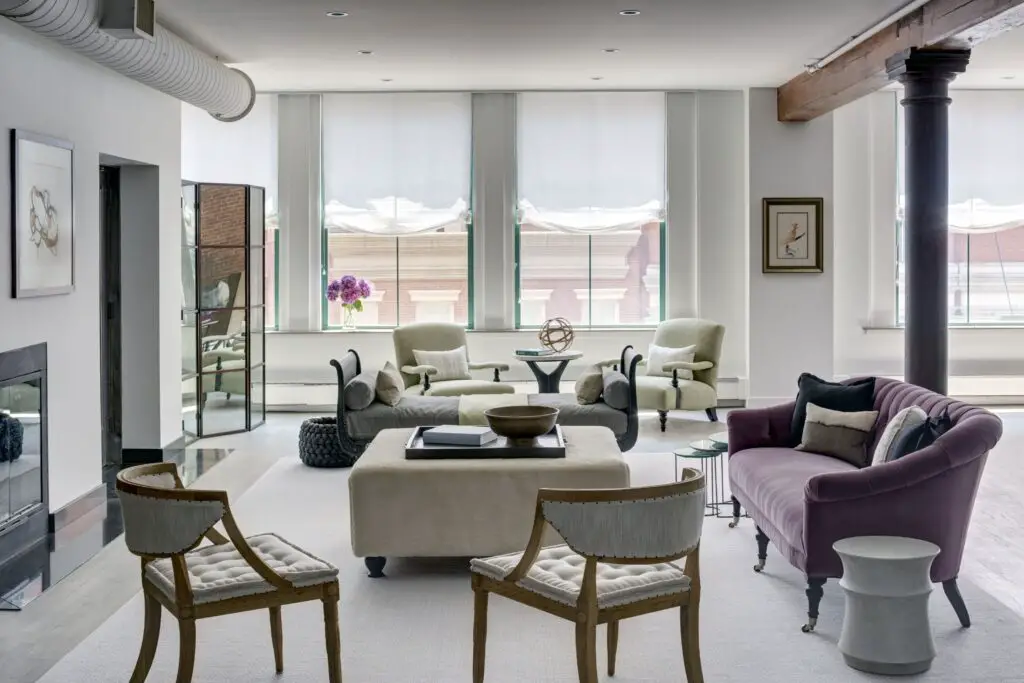
How to arrange furniture in a round living room?
Instead, choose rounded-edge pieces, such as curved-lined sofas, chairs and round tables, to follow the lines of the room, which will flow with and maximize the space instead of cutting it off. Also consider the area around the furniture and make sure that it’s spaced purposely and not losing square footage
Embrace the Centerpiece: The focal point in a round living room is often the center of the space. If there’s a central feature like a fireplace or a large round coffee table, use it as the anchor for your furniture arrangement. Position seating around this focal point to create a cozy and welcoming atmosphere.
Opt for Curved Furniture: Round living rooms look best with curved or rounded furniture pieces. Consider using sofas, armchairs, and tables with soft, rounded edges to complement the circular design of the room. Curved furniture not only fits the space better but also enhances the flow and aesthetics.
Divide and Define Zones: If your round living room is large enough, divide it into functional zones. Use furniture groupings and area rugs to define separate areas for lounging, conversation, and dining. This segmentation adds structure to the space while maintaining the circular flow.
Floating Furniture: Avoid placing furniture directly against the walls in a round living room, as it can disrupt the natural flow. Instead, opt for floating furniture arrangements that create an open and inviting environment. Allow some space between the furniture and walls to maintain a harmonious circular layout.
Balance Scale and Proportion: Ensure that the size and scale of your furniture are appropriate for the room. Avoid overcrowding the space with oversized pieces, as this can make the room feel cramped. Opt for a well-balanced arrangement that leaves enough room for comfortable movement.
What is open plan layout?
What is an open plan office? As the name suggests, an open plan office is a type of office layout where all employees work on the same floor and in the same open space. Open plan spaces have essentially made office cubicles redundant in favour of a more collaborative and creatively engaging workspace environment.
Uninterrupted Space: The defining characteristic of an open plan layout is the absence of walls or barriers that typically divide rooms. Instead, different functional areas, such as the living room, dining room, and kitchen, seamlessly blend into one cohesive space.
Natural Light: By eliminating walls that can block natural light, an open plan layout often allows for better light distribution throughout the space. This can create a bright and airy atmosphere, enhancing the overall aesthetics and reducing the need for artificial lighting during the day.
Connectivity and Interaction: Open plan layouts encourage social interaction and connectivity among family members and guests. People in different areas of the space can engage in conversation and activities while maintaining visual contact with one another.
Versatility: The open plan layout offers flexibility in furniture arrangement and usage of space. Furniture can be easily repositioned or multi-functional pieces can be employed to adapt the layout to different activities and needs.
Enhanced Entertaining: Open plan layouts are well-suited for hosting gatherings and events. Guests can move freely between the different areas, creating a more inclusive and social atmosphere.
Does TV go in living room or family room?
“The family room is a more casual, day-to-day place to go watch television, hang out, and spend time with your family,” says Carrie Long, principal of Carrie Long Interiors. “The living room is a more formal place, usually for entertaining guests or for extended family time.”
Traditionally, the living room is considered a more formal space in the home. It is often located near the front entrance and serves as a place to welcome guests, entertain, and engage in more formal conversations. The living room is typically furnished with stylish and comfortable seating, elegant decor, and may have a more refined ambiance.
Maximizing Natural Light
Placing a TV in the living room depends on your lifestyle and how you intend to use the space. Some people prefer to keep the living room TV-free to maintain its formal atmosphere and encourage social interactions without distractions. In such cases, a separate family room or entertainment area might be designated for TV watching.
Lighting Design
The family room is designed for everyday living and relaxation. It is often located at the heart of the home, adjacent to the kitchen, and serves as a comfortable gathering place for family members to unwind, watch TV, play games, or spend quality time together. Family rooms are typically furnished with cozy and casual seating, practical furniture, and a more laid-back decor style.
Storage Solutions
Placing a TV in the family room is a common practice since it is a space specifically designated for everyday entertainment and relaxation. The TV becomes a central feature for family members to enjoy their favorite shows, movies, and gaming sessions in a comfortable and cozy environment.
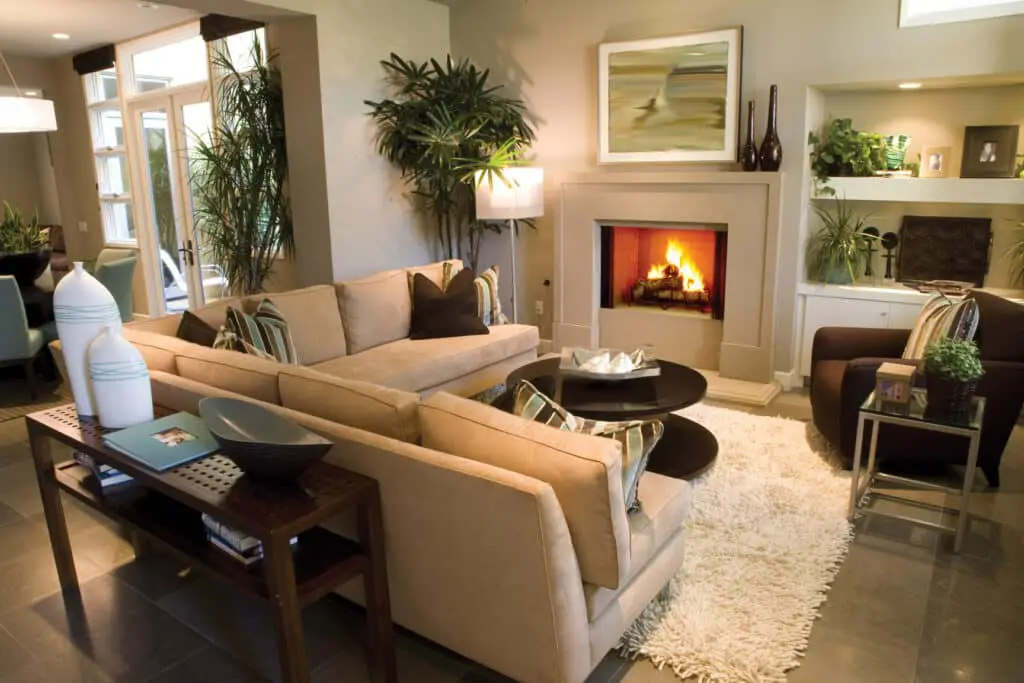
Conclusion
Defining distinct areas within the open concept space, whether through furniture groupings, area rugs, or changes in flooring, sets the foundation for a well-organized and cohesive arrangement. Creating a central focal point draws the eye and establishes a sense of balance, grounding the entire living area. Maintaining a careful balance of scale and proportion with furniture choices ensures that each piece complements the dimensions of the space, allowing for comfortable movement and flow.
Embracing versatility with modular and arranging furniture empowers you to adapt the room to various needs and activities. Lastly, incorporating proper lighting enhances the ambiance and adds depth to the open concept living room, creating a warm and inviting atmosphere day and night. The beauty of an open concept living room lies in its adaptability and limitless possibilities. With a well-thought-out arrangement, you can transform your space into a stylish and functional haven where you and your loved ones can enjoy shared moments and make cherished memories for years to come.
Ultimately, arranging furniture in an open concept living room is an exciting opportunity to showcase your creativity and design flair. By combining functionality with style, you can craft a space that caters to your unique lifestyle while fostering connections among family and friends. Last but not least, pay close attention to lighting, as it plays a crucial role in enhancing the ambiance and overall appeal of your space. Utilize a mix of natural and artificial lighting to highlight different areas and create a warm, inviting atmosphere during the evenings.



